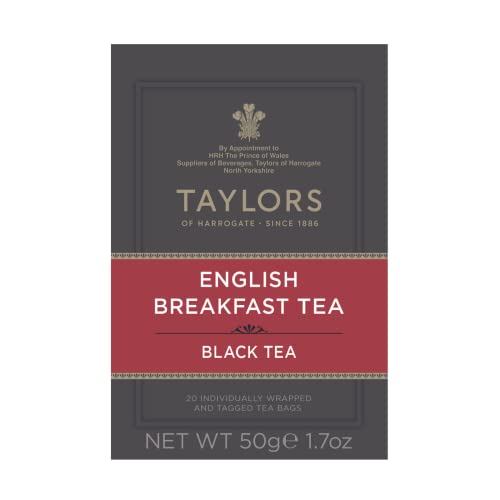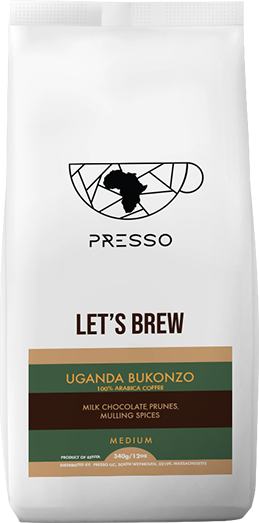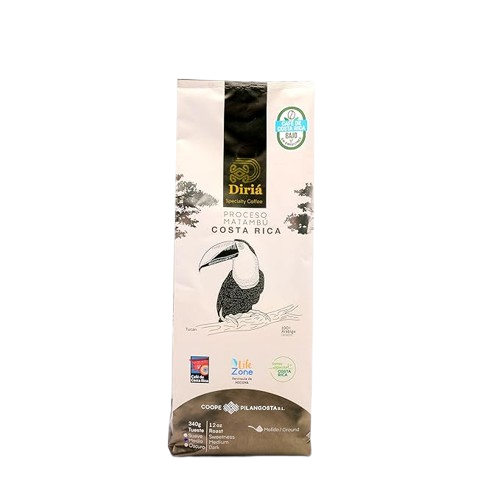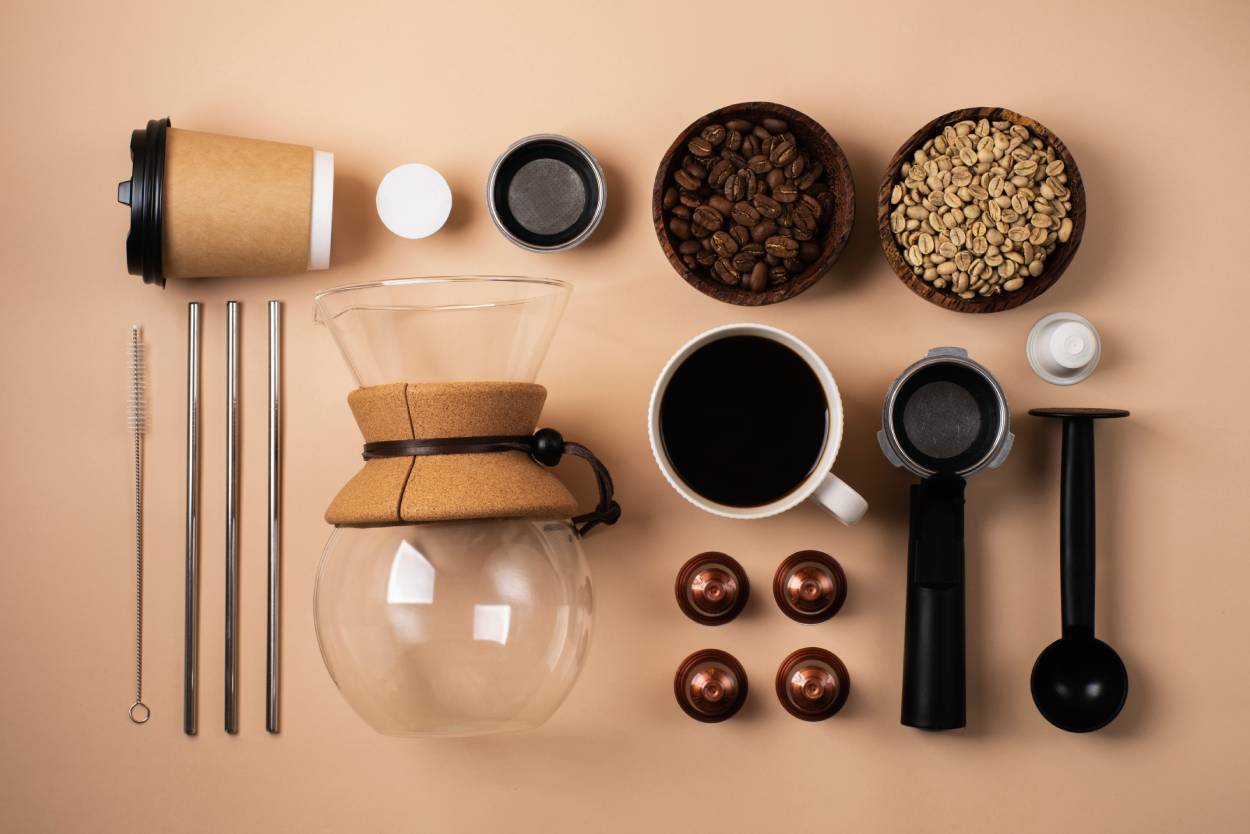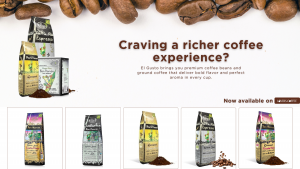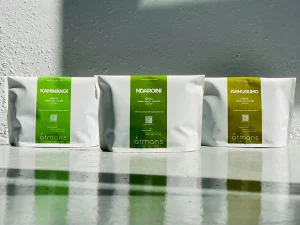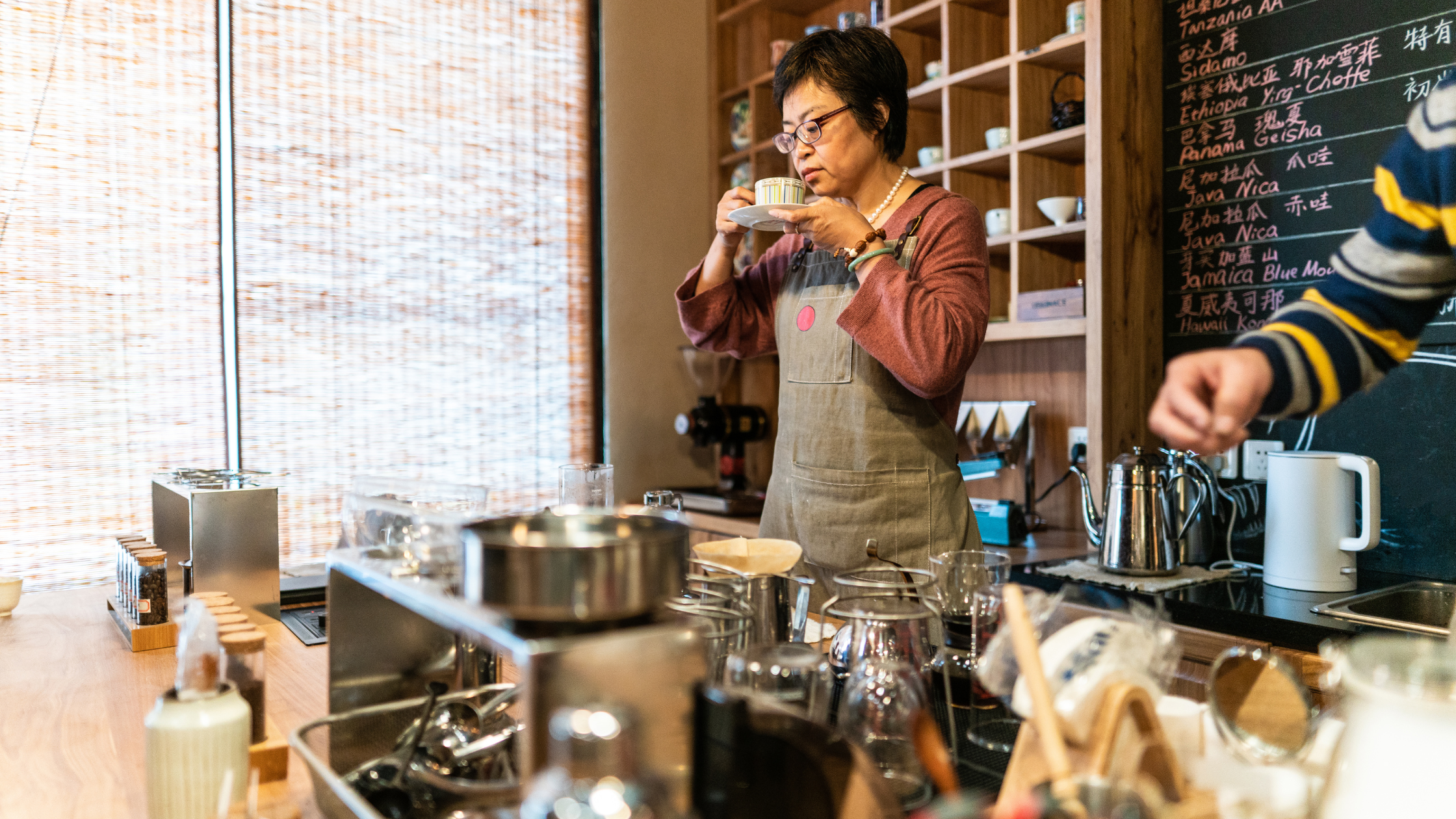
Coffee Tasting 101: How to Develop Your Palate Like a Pro
Table of Contents
- Why Coffee Tasting Matters
- The Basics of Coffee Tasting: What to Pay Attention To
- Setting Up a Home Coffee Tasting (Cupping) Session
- What You’ll Need:
- Steps:
- Flavor Notes to Watch For
- Coffee Flavor Wheel: A Taster’s Best Friend
- The Role of Roast in Taste
- How Processing Affects Flavor
- Tips to Develop Your Palate Faster
- Practice Makes Pro
- Final Thoughts
Coffee Tasting 101: How to Develop Your Palate Like a Pro
- Adam Smith
- 29-04-2025
- 21-07-2025
- 701 views
- Coffee Beans

For many, coffee is more than just a morning pick-me-up — it’s a daily ritual, a social experience, and an evolving passion. But for true coffee lovers, it can become an adventure of flavor, aroma, and discovery. If you’ve ever wondered how baristas, roasters, or seasoned connoisseurs describe coffee like it’s wine — using words like citrusy, chocolatey, or earthy — you’re not alone. This guide will walk you through how to start tasting coffee like a pro and developing your own coffee palate.
Why Coffee Tasting Matters
Tasting coffee mindfully helps you appreciate its origin, processing, roasting, and brewing — all of which affect its final flavor. Understanding these nuances doesn’t just elevate your daily cup; it also allows you to choose better beans, brew more intentionally, and enjoy the journey of specialty coffee.
The Basics of Coffee Tasting: What to Pay Attention To
Professional tasters, often called cuppers, evaluate coffee using specific criteria:
-
Aroma: The fragrance of the coffee grounds and the smell of the brewed cup.
-
Flavor: The combination of taste and aroma on the palate.
-
Acidity: A bright, tangy note that gives coffee its liveliness.
-
Body: The weight or texture of the coffee in your mouth (light, medium, or full-bodied).
-
Aftertaste: The lingering flavor after swallowing.
-
Balance: How harmoniously the above elements interact.
Setting Up a Home Coffee Tasting (Cupping) Session
You don’t need fancy tools to taste coffee like a pro. Here’s how to set up a simple session at home:
What You’ll Need:
-
2–3 different types of coffee beans
-
A burr grinder (for even grind size)
-
A kettle and hot water
-
Cupping bowls or wide cups
-
A spoon (preferably a soup spoon)
-
Filtered water
-
Notepad or tasting form
Steps:
-
Grind Your Beans: Grind each coffee to a coarse consistency, like sea salt.
-
Smell the Grounds: Inhale the dry aroma deeply — this will reveal a lot about the coffee’s personality.
-
Add Hot Water: Pour hot water (just off the boil) over the grounds and let them steep for 4 minutes.
-
Break the Crust: Stir the top gently with a spoon to release gases and smell the aroma.
-
Taste: After the grounds settle, slurp the coffee from the spoon. Slurping helps spread the liquid over your entire palate.
-
Take Notes: Jot down flavors you notice. Think fruits, nuts, chocolate, spices, or even herbs.
Flavor Notes to Watch For
When tasting coffee, your brain might not immediately recognize specific flavors. It takes time and practice. To help, here are common flavor profiles found in specialty coffee:
-
Fruity: Berries, citrus, apple, stone fruits (common in African coffees)
-
Nutty/Chocolatey: Almond, hazelnut, dark chocolate (Central/South America)
-
Spicy: Clove, cinnamon, black pepper (often in Indonesian beans)
-
Earthy/Woody: Moss, tobacco, cedar (found in Sumatran coffee)
-
Floral: Jasmine, rose, bergamot (especially in Ethiopian Yirgacheffe)
Coffee Flavor Wheel: A Taster’s Best Friend
The Coffee Taster’s Flavor Wheel is a great tool created by the Specialty Coffee Association. It visually maps out various flavor categories and helps you pinpoint what you’re tasting. Print one and keep it nearby during your sessions to train your palate more effectively.
The Role of Roast in Taste
Roasting has a major impact on how coffee tastes:
-
Light Roast: Retains more origin flavor; higher acidity; floral, fruity, tea-like notes.
-
Medium Roast: Balanced acidity and body; notes of chocolate, nuts, and spice.
-
Dark Roast: Bitter, smoky, and fuller body; often masks origin notes.
As you explore different roast levels, you’ll learn what your taste preferences are — whether you love the brightness of a light roast or the bold richness of a dark roast.
How Processing Affects Flavor
Coffee processing methods — how the coffee bean is removed from the fruit — also influence flavor:
-
Washed (Wet): Clean, crisp, and brighter coffees.
-
Natural (Dry): Fruity, wine-like, and heavier body.
-
Honey Processed: A balance of sweet and juicy with clean acidity.
Knowing this can help you select beans based on flavor expectations.
Tips to Develop Your Palate Faster
-
Taste Other Things Mindfully: Taste fruit, chocolate, spices, and wine carefully to build memory for flavors.
-
Compare Coffees Side by Side: Tasting coffees together highlights contrasts and makes each profile clearer.
-
Keep a Coffee Journal: Write down every tasting session, including your thoughts on aroma, body, acidity, and flavors.
-
Drink Coffee Black: Skip the cream and sugar during tastings to experience the coffee in its pure form.
Practice Makes Pro
You don’t have to be a barista to appreciate great coffee. Like anything else, tasting coffee well comes with time and exposure. Keep exploring different origins, roasts, and brew methods — and don’t be afraid to trust your taste buds.
The more you practice, the more confident and excited you’ll become about identifying notes like “black cherry” or “toasted almond” in your morning cup.
Final Thoughts
Tasting coffee like a pro is not about snobbery — it’s about connection. Each cup holds a story: where the bean was grown, how it was processed, roasted, and brewed. By slowing down and tasting intentionally, you not only enjoy your coffee more, but you also build a deeper appreciation for the farmers and roasters behind every sip.










